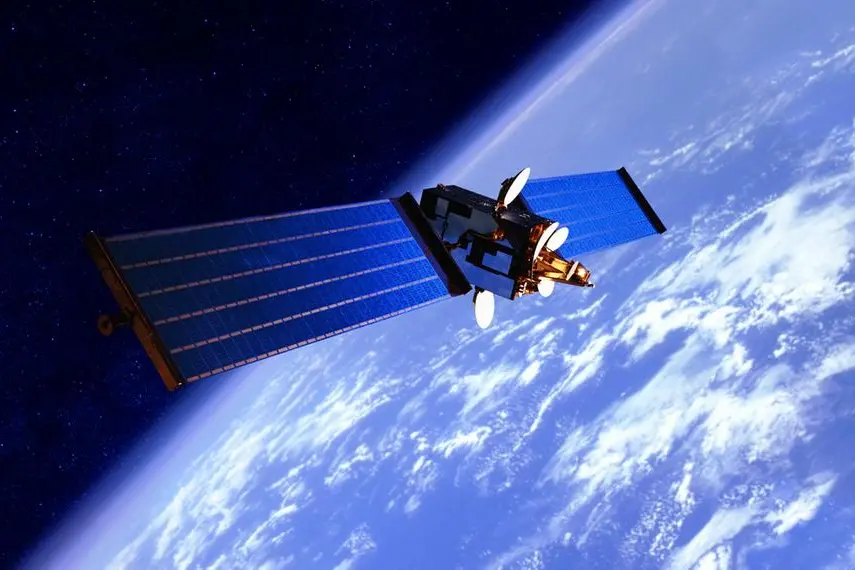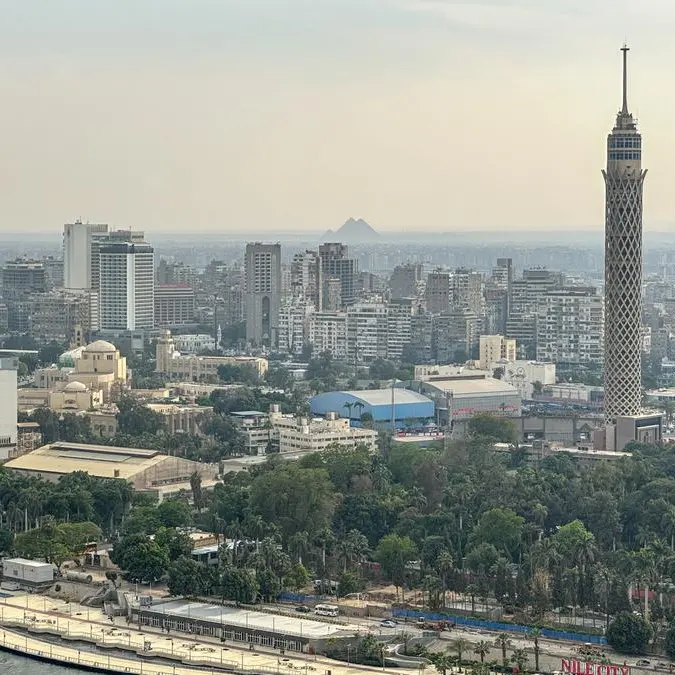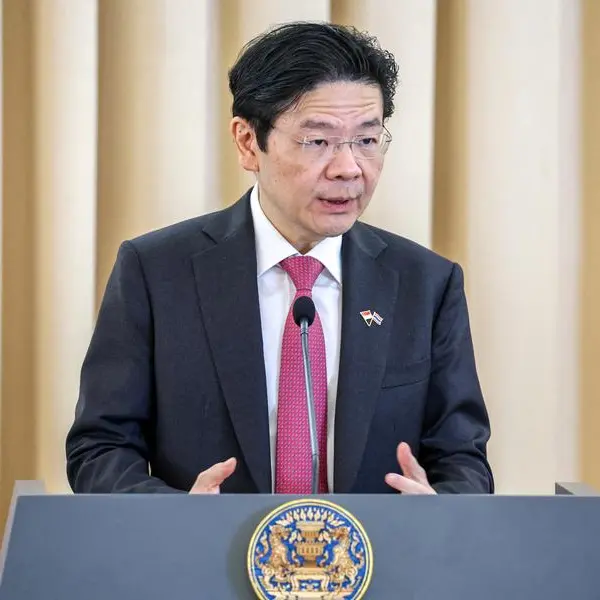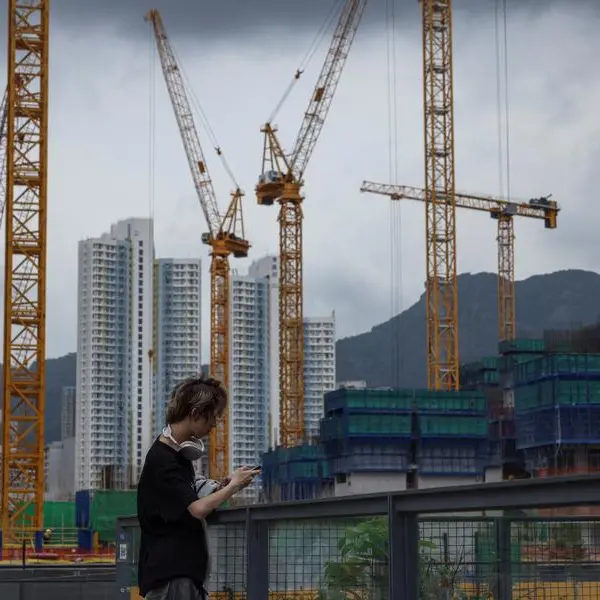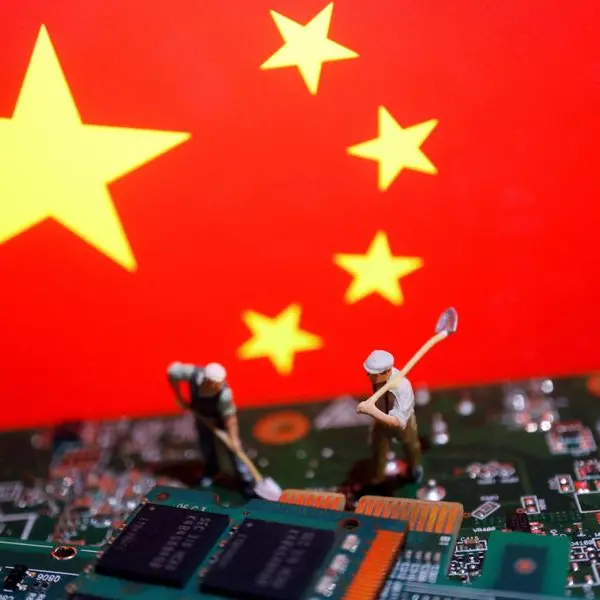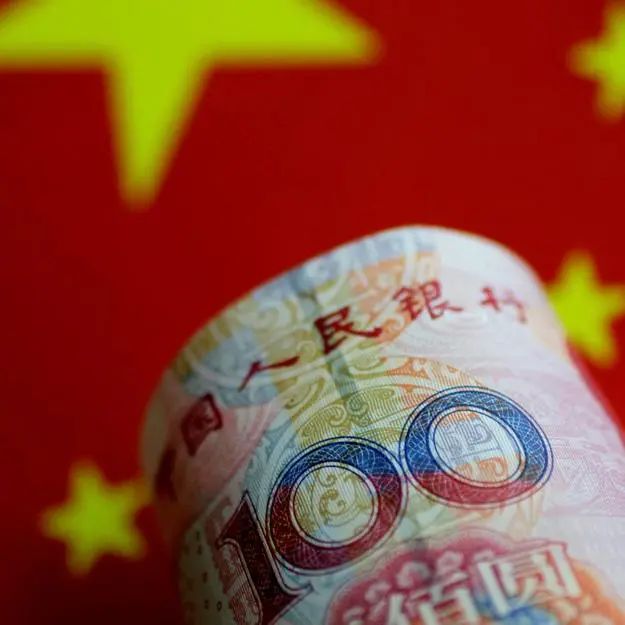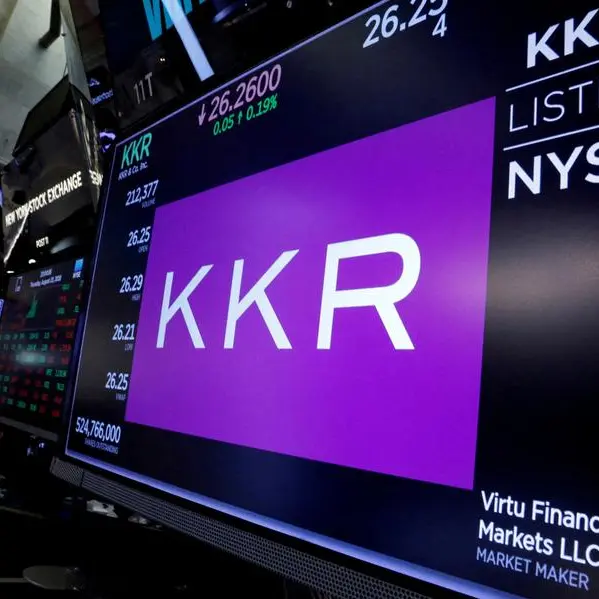PHOTO
China has reduced the frequency of cargo spacecraft launch missions for resupplying its space station thanks to a succession of technological improvements, experts told CCTV.
As the first launch mission of its manned space programme in 2024, China is poised to send cargo craft Tianzhou-7 into orbit to replace the Tianzhou-6 that separated from the space station combination last week. The Tianzhou-7 will provide supplies for both the Shenzhou-17 astronauts now working in space and the Shenzhou-18 crew coming next.
Previously, a cargo spacecraft would be launched prior to the departure of every crew team from the Earth. Now, the frequency has been reduced to three times every two years.
Experts said this is made possible thanks to the increased capacity of the cargo craft.
"With the improvement of the cargo spacecraft, both its loading space and weight have been expanded by more than 20 percent, meaning that we can transport more cargo at one time," Yang Sheng, an engineer from the China Academy of Space Technology under China Aerospace Science and Technology Corporation, told CCTV.
In addition, China has established a concerted material information management system that connects the space station and the ground team to achieve more targeted replenishment. There's also an intelligent model to predict the equipment and materials' service life and estimate subsequent needs, which shows greater accuracy with the accumulation of data obtained from various missions.
The new resupply model requires that supplies carried by one cargo ship can support the space station operation for about nine months.
